Last week, the CGS team sat down for our usual editorial planning meeting. November was just around the corner, and it was time to talk turkeys. Who has an idea for a Thanksgiving story?
Awkward silence ensued.
We realized that CGS has already covered just about everything concerning turkeys. We have stories on the basics of turkey biology, turkey conservation and genetics, turkey diet, and domestic turkeys. And don’t forget the weird Mexican turkey, Australian turkey look-alikes, or birds so ugly that they give turkeys a run for their money. Or when turkeys attack.
In short, too many turkeys.
Below you’ll find a veritable feast of turkey content from our archives. And if there’s some aspect of turkey behaviour, natural history, or conservation that we haven’t covered — let us know.
-
The Ultimate Guide to the Wild Turkey
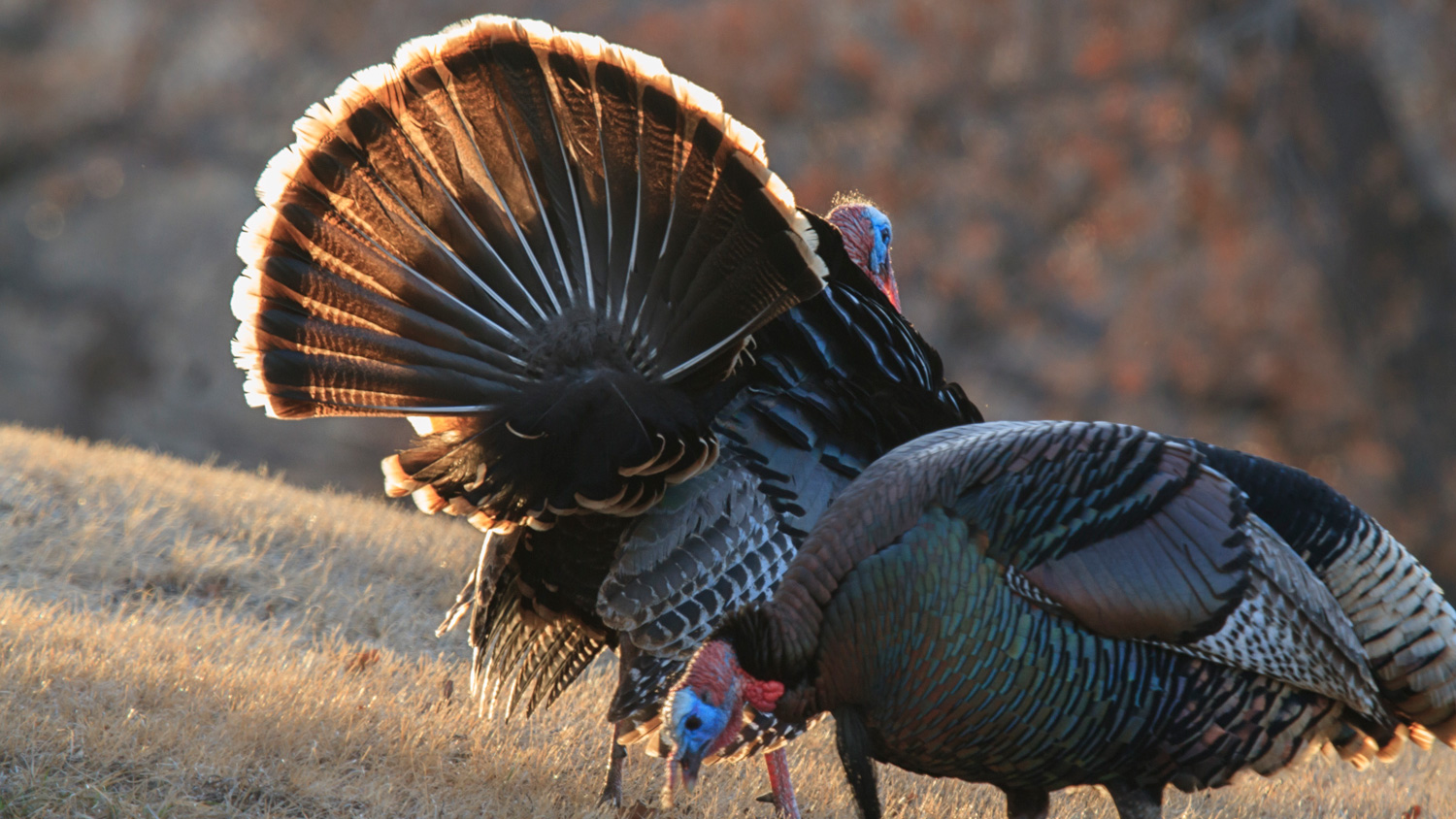
Wild turkeys at the Wichita Mountains Wildlife Refuge. Photo © Larry Smith / Flickr It’s that time of year when attention in the United States turns to the wild turkey: the de facto symbol of Thanksgiving. In addition to the meal, turkey images adorn everything from door decorations to advertisements. And chances are, if you live in the U.S., there’s a wild turkey roaming near you.
The wild turkey has become a familiar bird, now scratching even in suburbia. But its familiarity should make it no less fascinating. Here are some essential turkey facts that you can use to dazzle your family and friends at your Thanksgiving feast.
-
Tracing the Wild Origins of the Domestic Turkey
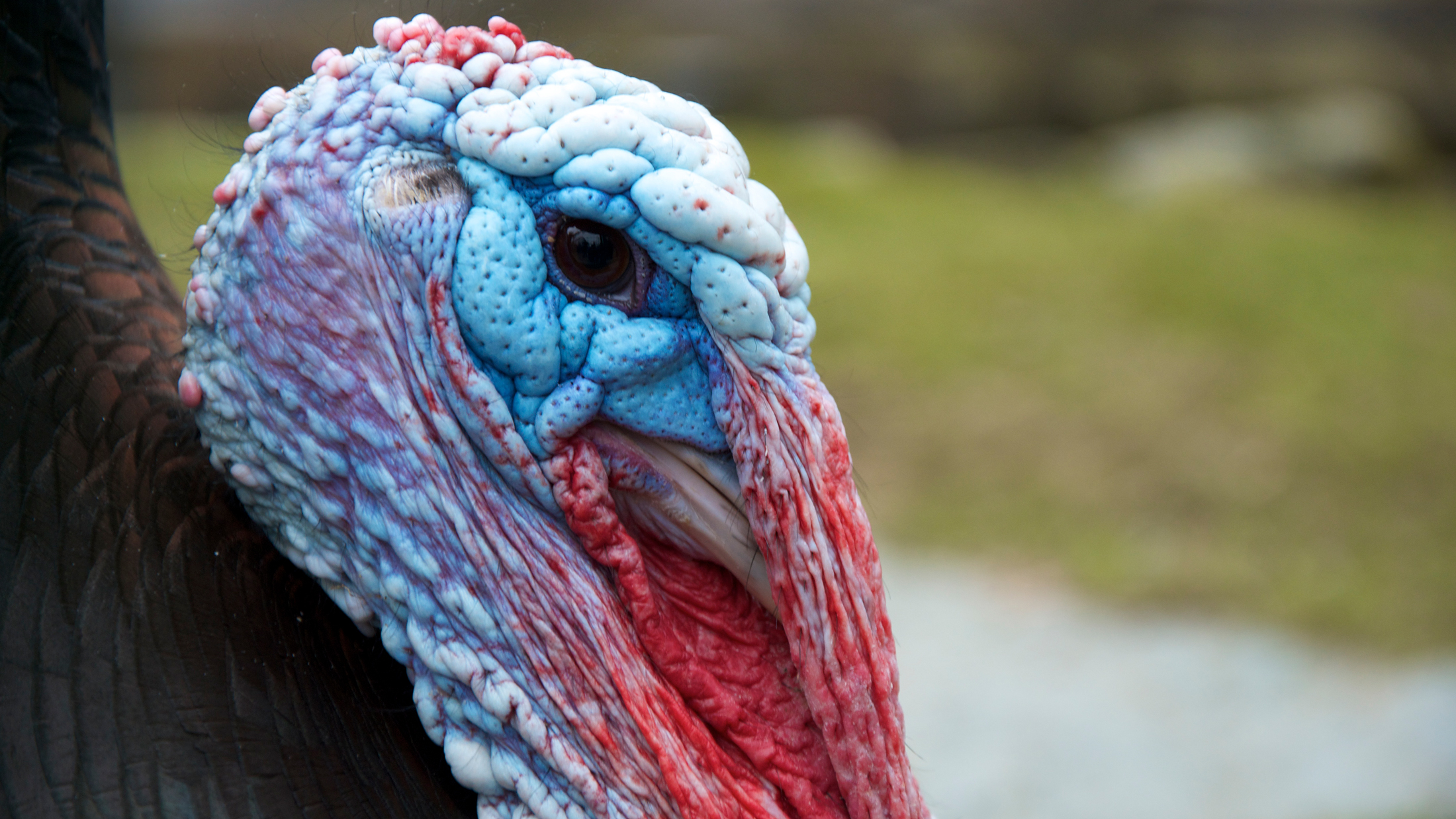
Photo © Jim / Flickr We all know that chickens, turkeys, cows, sheep, and the like are all domesticated animals, descended from wild relatives yet altered significantly by deliberate human intervention. But what are the wild origins of our domestic turkey? And who did the domesticating?
Joe Smith explains the remarkable story behind the origins of the domestic turkey, which doesn’t have anything to do with Pilgrims.
(Spoiler Alert: You might want to toast the Aztecs in thanks for your Thanksgiving feast.)
-
Turkeys Are What They Eat: Weird and Adaptable
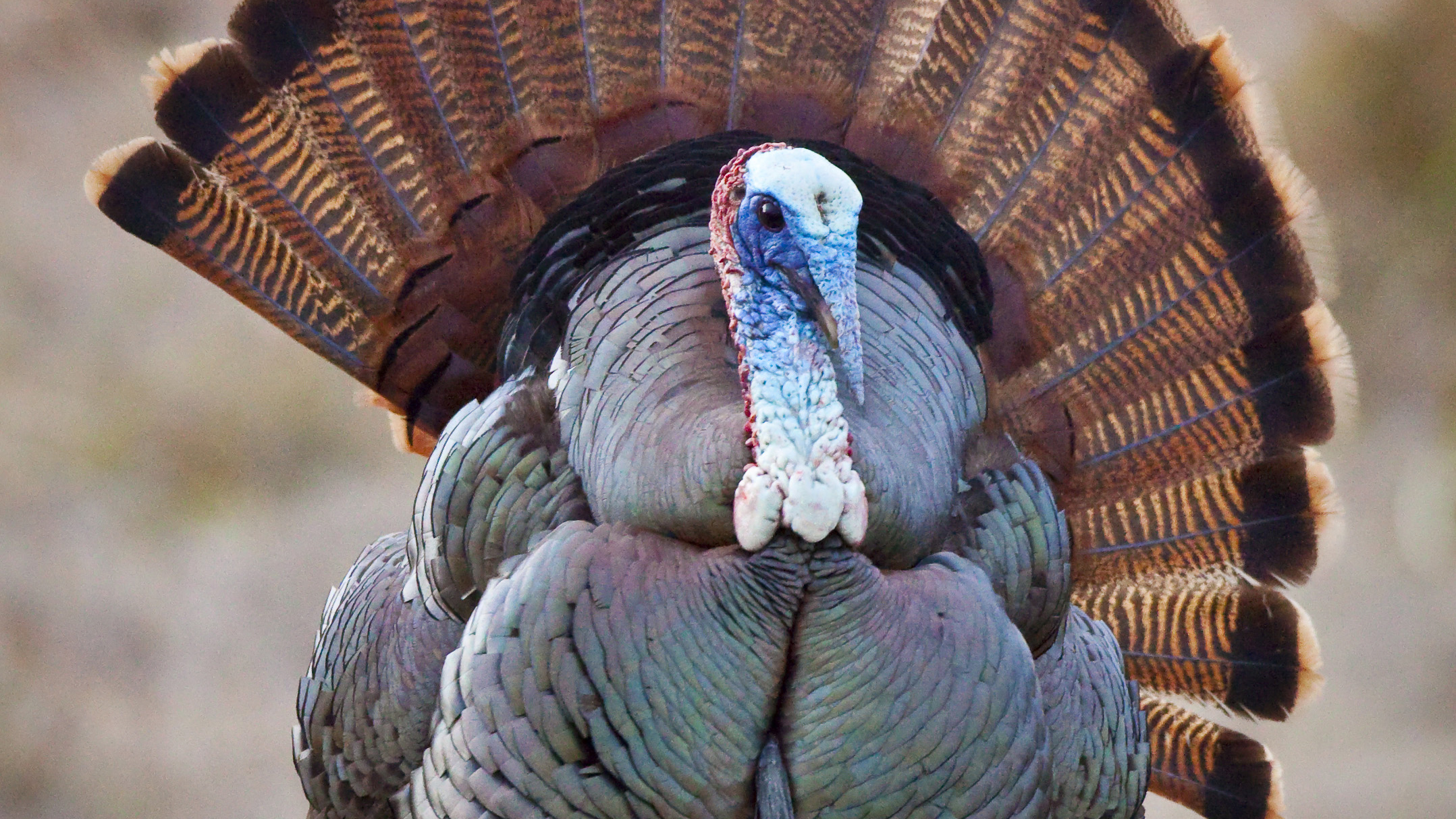
Osceola Turkey at Disney Wilderness Preserve in Florida. Photo © David Moynahan Many of us will soon be eating a delicious turkey dinner (vegetarians excepted). But what do turkeys eat?
Joe Smith expounds on the somewhat strange diet of the wild turkey, and explains how their dietary choices may help us figure out what the future holds for wild turkeys.
-
Can Tourism Save the Ocellated Turkey?
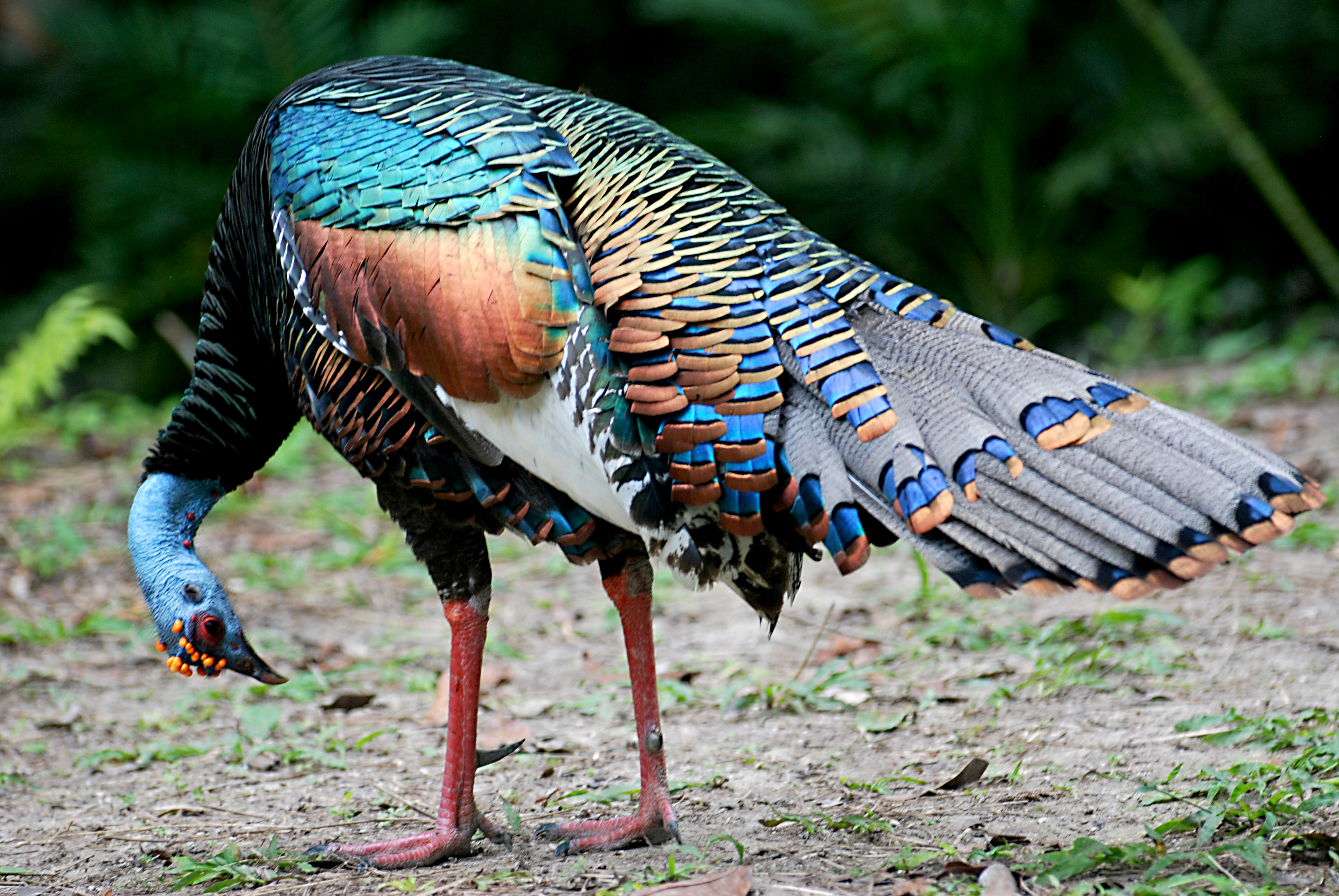
Photo © Tim Proffitt-White / Flickr Imagine a turkey with a bright blue head, a rainbow of iridescent feathers and a tail display that reveals dozens of shimmering blue eyes. This hallucination of a bird is the ocellated turkey.
Found only on the Yucatan Peninsula of Mexico, Guatemala and Belize, the ocellated turkey (Meleagris ocellata) certainly bears a resemblance to the American wild turkey.
Due to overhunting throughout its range, ocellated turkey populations are in steep decline. Unless tourism can help save them.
-
The Fascinating Fall Behavior of Wild Turkeys
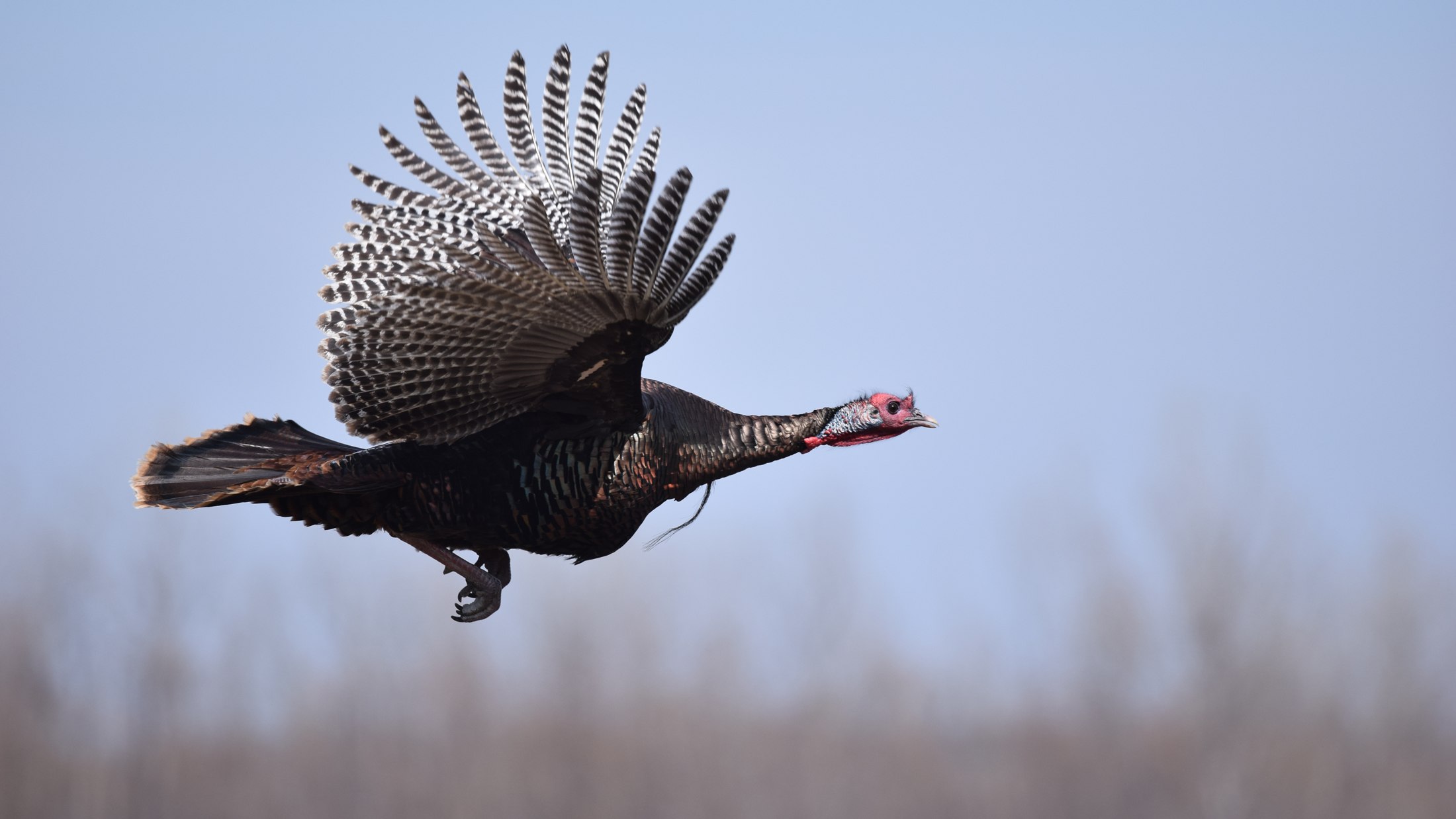
Photo © Andy Reago & Chrissy McClarren via Wikimedia Commons Around the Thanksgiving holiday, a lot of decorations and advertisements feature a similar image of a turkey: It’s often a big male turkey, all puffed out and in full strut. And we all know that turkey’s saying “gobble gobble.”
If you were lucky enough to see a turkey in the wild on Thanksgiving Day, there’s little chance it would be puffed up and strutting, nor would it be gobbling. Those are primarily the spring breeding displays of male wild turkeys.
In the fall, wild turkeys behave quite differently. So how do wild turkeys spend Thanksgiving Day? Here’s a look at their fascinating behavior during autumn.
-
Introducing the Australian Brushturkey
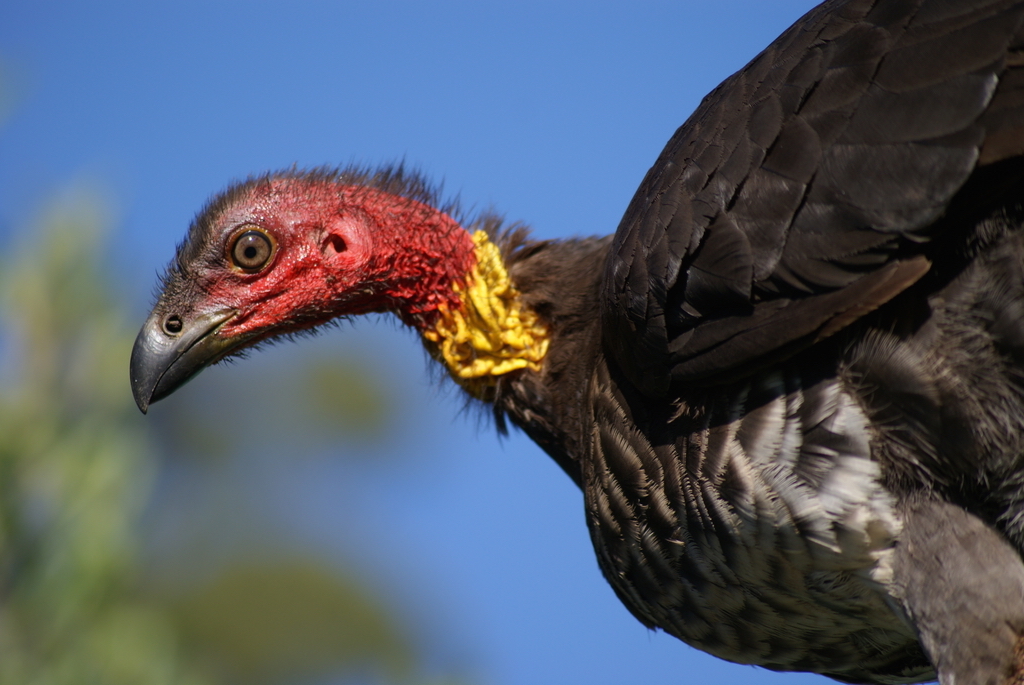
Australian Brushturkey. Photo © Brisbane City Council / Flickr If a velociraptor and a turkey had a baby, it would look like the Australian bruskturkey.
With featherless, scarlet heads, knobbly yellow wattles, and massive clawed feet, these birds look like they accidentally wandered off the set of Jurassic Park. Despite the name, the Australian Brushturkey is, in fact, not a turkey at all. Bruskturkeys are megapodes, a family of birds that incubate their eggs in a pile of vegetation, just like alligators and crocodiles.
Check out the amazing story behind this classic Australian bird and their megapode kin.
-
The Great Turkey Shuffle: How Restoration Has Changed Gobbler Genetics
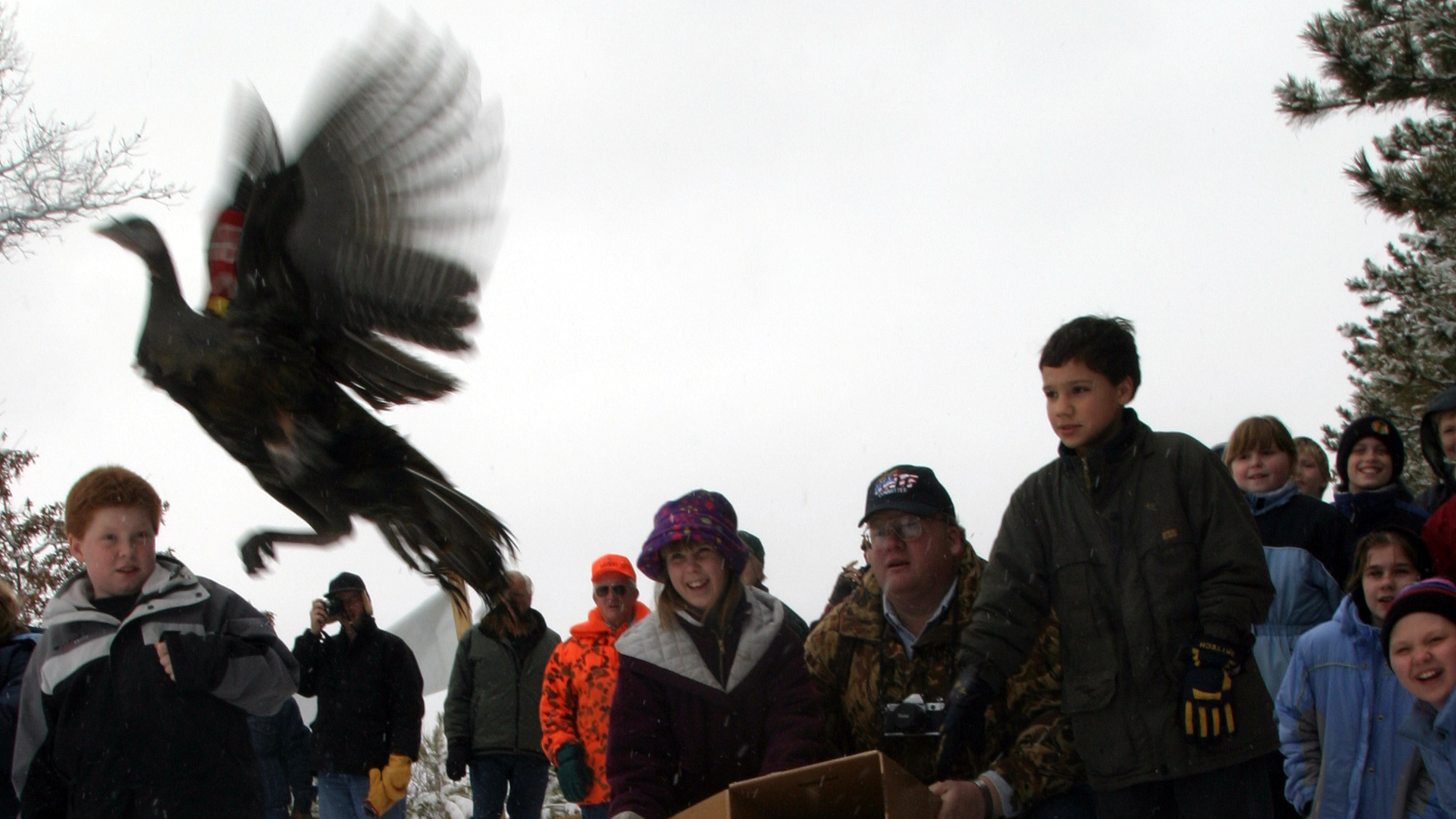
A wild turkey is released in Wisconsin. Photo © Paul M. Walsh/Flickr under a Creative Commons license. Wildlife managers have released more than 200,000 wild turkeys in North America since the 1950’s to help recover populations that were decimated by overhunting. These reintroductions have been spectacularly successful in restoring the species….. with one problem.
They were also successful in scrambling turkey genetics.
Today, determining turkey subspecies requires the skills of a wildlife CSI team. To understand why, let’s take a look at the history of turkey restoration and how it has shuffled the deck for turkey taxonomy.
-
When Turkeys Attack
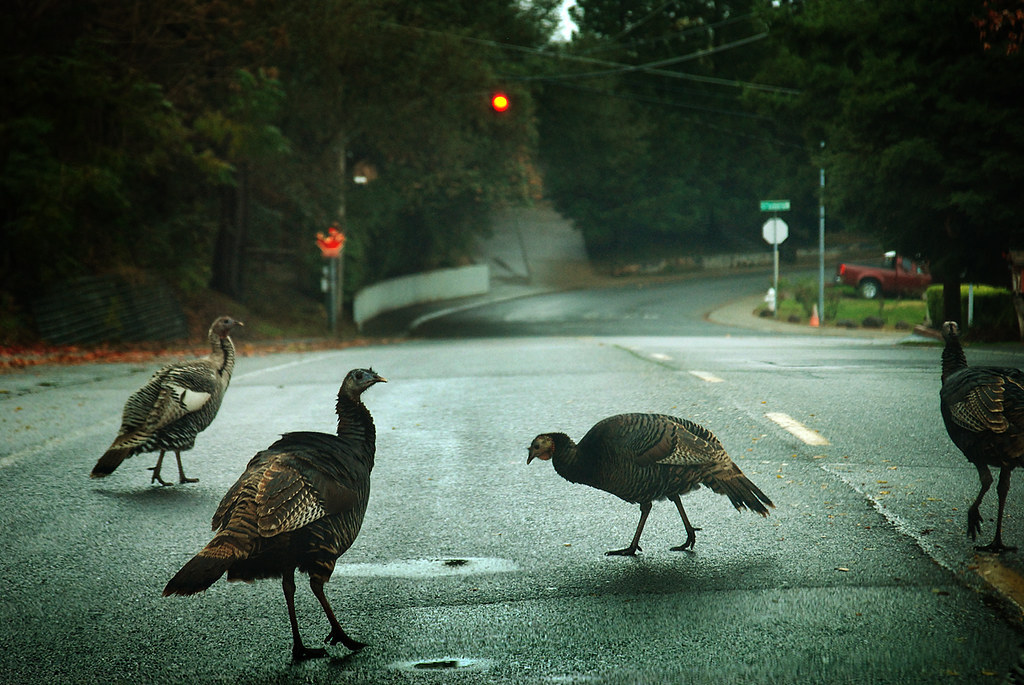
Friend or foe? Photo © Photo Cindy / Flickr The three wild turkey gobblers strutted in the middle of the narrow country road, and seemed intent on staying there. I stopped the car, and the turkeys ran over to the driver’s side.
I rolled down the window and the large birds immediately began loudly calling and gobbling. They attempted to stick their heads inside the car.
There’s a new wild turkey in town: one at home among people. This turkey tears up farm fields and backyards. It is bold and aggressive, strutting down suburban streets without fear.
And sometimes, lately, it even attacks us.
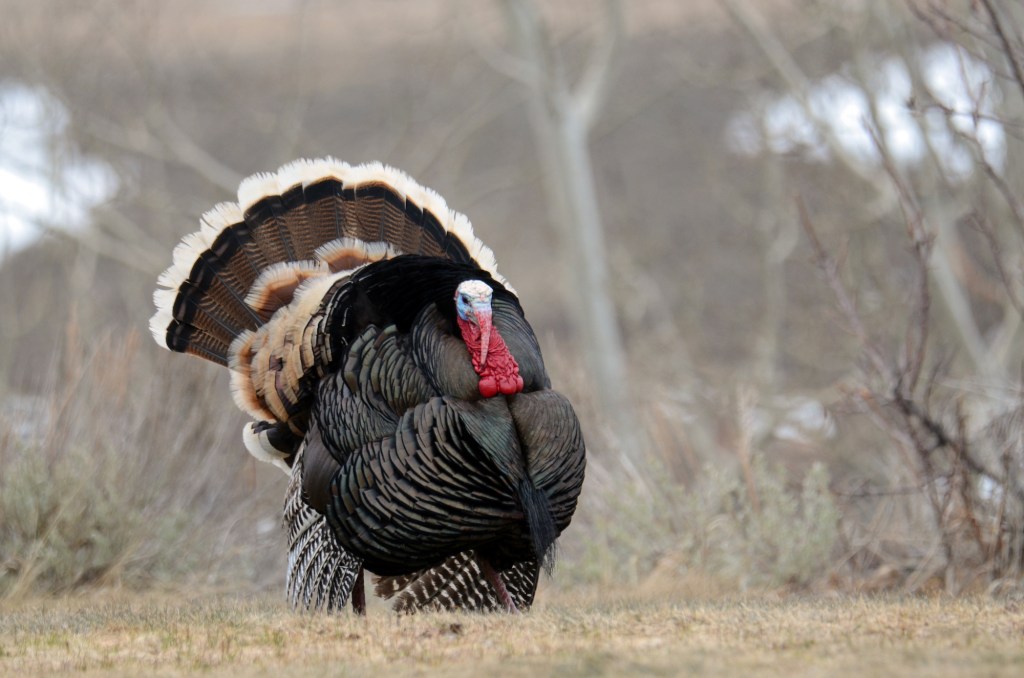



And vegans will not eat then either. I had seen wild turkeys occasionally in the city (Boston/Jamaica Plain) but here I have seen many. One day about 25 came to my house around 8:00 AM and stayed until 3:00 PM. They never came again en masse but I never forgot that day. I take delight every time I see these excellent birds and always enjoy having them visit.
Do turkeys nest in trees? How big is the nest?
Thanks for your question. Turkeys nest on the ground. They keep them well camouflaged (there are many predators about) so it would be difficult to find one.
Pretty startling to walk up on a nesting turkey who explodes practically straight up a few feet from your face. She had been invisible in a clump of prairie shrubs. Heart stopping. And very memorable.
I have a comment and a question…
I’ve taken pictures of a few Wild turkeys in my side yard laying in the hot afternoon sun (over 90 degrees) in a grass less dirt area with their head covered by their wings and appear to either resting or sleeping as I’ve never seen this before was wondering if you could tell me what they are really doing?
If you would like to see a pic let me know..
Very informational blog that the Grandkids 8&6 think is “cool”… LOL
Hi Dan,
I have not witnessed this behavior in wild turkeys, but it sounds like the turkey is attempting to shade itself and perhaps take dust bath in the process. I have a flock of backyard chickens and they actually do similar things when it gets hot. It helps them keep cool. I am glad you — and especially your grandkids! — enjoy the blog.
Best,
Matt Miller
Cool Green Science editor
I have a flock? of 12 to 30+ walk to and from across my field and yard and around my car on a daily basis for the past 6 yrs now yearround and not once have I seen any sign of aggression. They move when I move my car, they even come to my door. My mailman also has no issue with these birds. I live in New England.